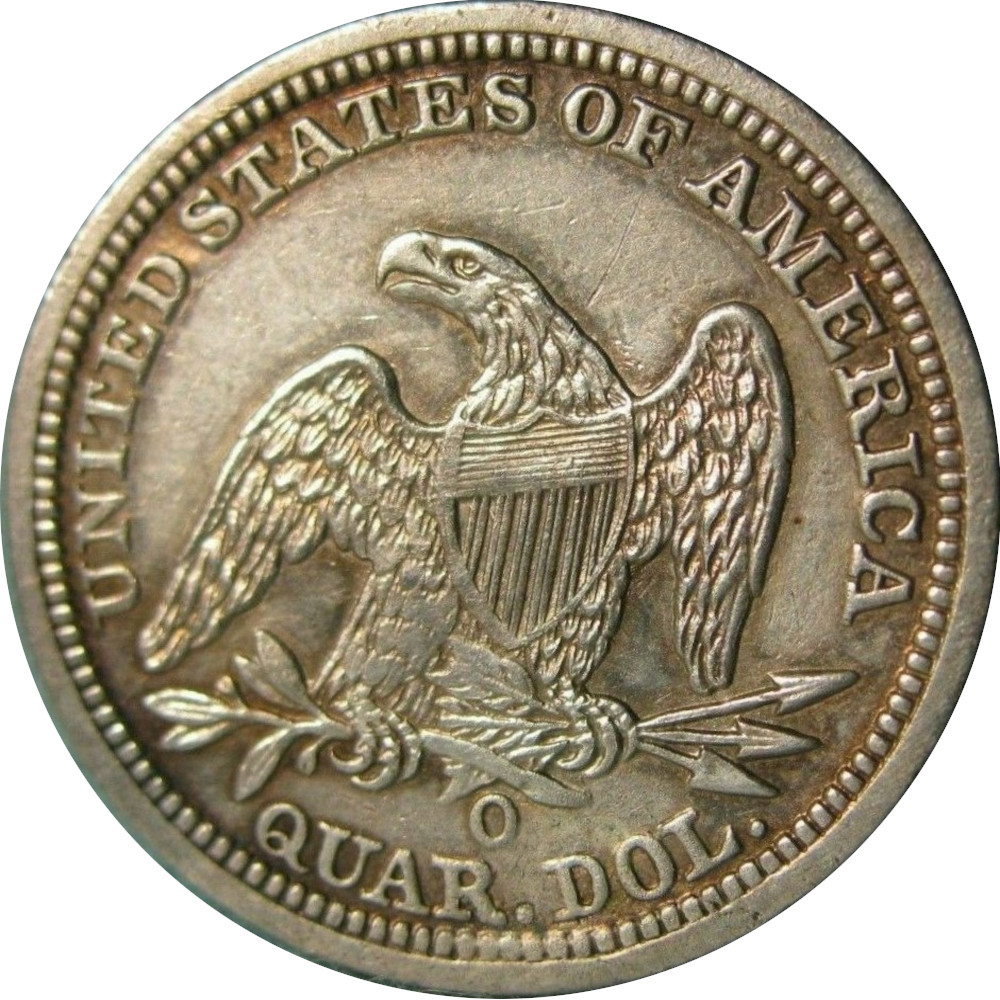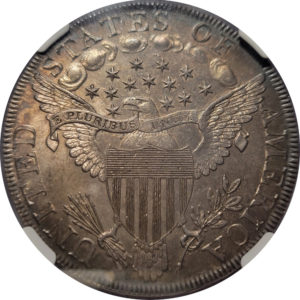1815 25c Capped Bust Quarter
1815 is one of the most difficult dates to obtain on a coin since the inception of the Mint. 1815 was the only year when only two denominations were struck at the U.S. Mint: the quarter and the half dollar. It was the only year since 1792 when no half cents, cents, half dimes, dimes nor dollars were produced in the same year. This was due to the British naval blockade during the War of 1812 which exhausted the supply of metals to produce coinage.
1815 is the first year for the Capped Bust Quarter type, and all known survivors are struck from a single die pair. In his “Early United States Quarters 1796-1838”, Steve Tompkins includes correspondence between Bailly Blanchard, head cashier of the Planters Bank of New Orleans, and Mint Director Robert L. Patterson, where Blanchard pleaded with Patterson to return only quarter dollars in exchange for the bank’s deposit of silver. After much hesitation, as no quarter dollar dies were available, Patterson gave in to Blanchard’s request, and production of the quarter dollar denomination was resumed. After an eight-year hiatus, the U.S. Mint resumed production of Quarter Dollars in 1815. In that year, Mint employees produced a total of 89,235 Quarters, a significant reduction from the mintage of 1807 and far below the number of Quarter Dollars that would be produced three years later in 1818. Apparently, there was some economic reason for producing Quarter Dollars in 1815 which, hopefully, was satisfied by the new production.












